The Daily Show tries to solve the Confederate statue argument, creatively fails

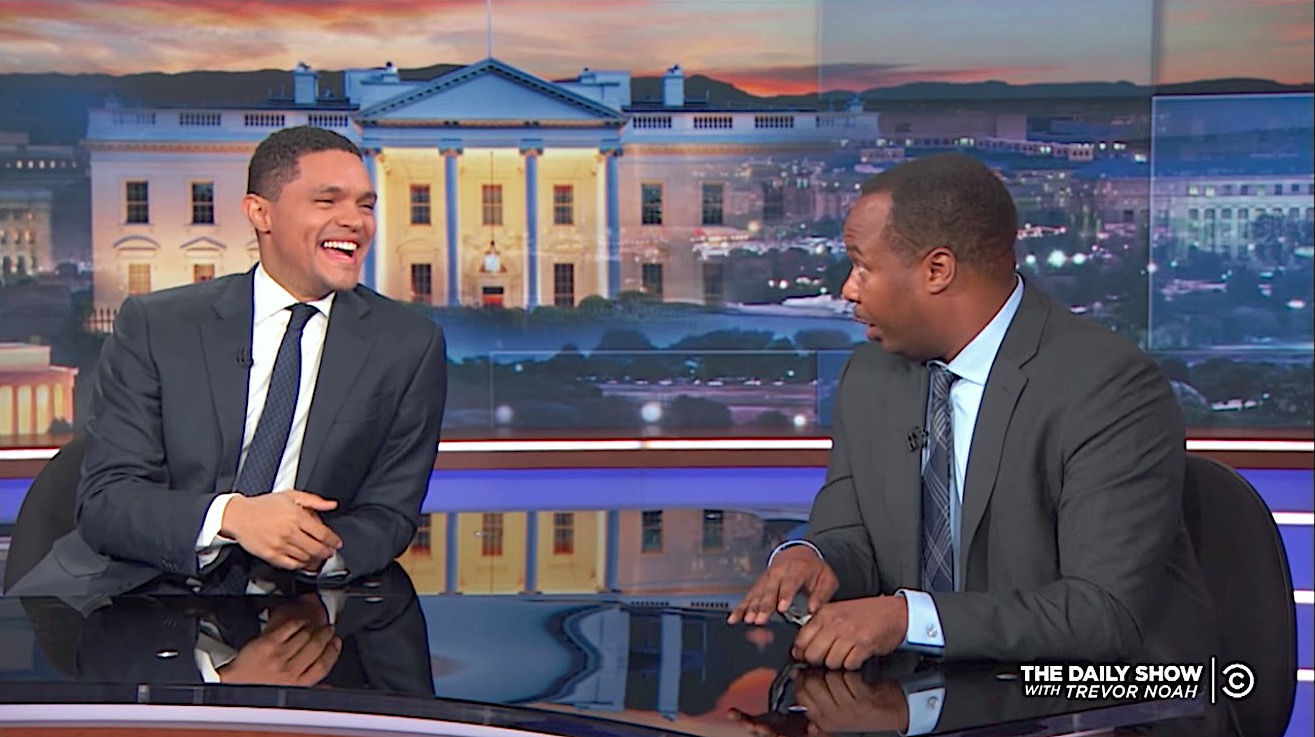
On Wednesday's Daily Show, Trevor Noah and his team took an ambitious stab at solving the intractable problem of America's Confederate monuments, which flared up again after the violent white nationalist march in Charlottesville and hasn't gone away. Noah first brought out Senior Race Relations Correspondent Hasan Minhaj, who suggested getting rid of all statues — all of them, plus all images of people and animals. "Isn't that Islam?" Noah asked. "Hasan, I told you once, and I'll tell you again — we are not doing Sharia Law." "No pressure, baby," Minaj said. "I'm just saying, you've got a statue issue and we've got a solution."
Next up was Roy Wood Jr., whose first idea was to just get rid of racism. Noah applauded the idea, but asked if he had any more practical solutions. After dismissing the idea that the statues are about remembering the Civil War, Wood got behind Charlottesville's solution of covering the Confederate monuments with black tarps, especially when Noah compared that to carrying 40s of malt liquor in paper bags. "With a paper bag, at least you're acknowledging that you're doing something wrong," Wood noted.
Wood and Noah eventually agreed on adding bits of black culture to the Confederate statues, but before that, Wood got a little serious. "Look, I know y'all want to keep your statues, but here's the thing: Slavery is a trauma that black people to this day are still dealing with," he said. "To have to look at those statues ... basically, it's like if a woman got out of an abusive relationship and then she had to keep pictures of her ex up in her house to remember the time. Like, no, I don't need pictures to remember pain." So, LeBron dunking on Stonewall Jackson? Peter Weber
The Week
Escape your echo chamber. Get the facts behind the news, plus analysis from multiple perspectives.

Sign up for The Week's Free Newsletters
From our morning news briefing to a weekly Good News Newsletter, get the best of The Week delivered directly to your inbox.
From our morning news briefing to a weekly Good News Newsletter, get the best of The Week delivered directly to your inbox.
A free daily email with the biggest news stories of the day – and the best features from TheWeek.com
Peter has worked as a news and culture writer and editor at The Week since the site's launch in 2008. He covers politics, world affairs, religion and cultural currents. His journalism career began as a copy editor at a financial newswire and has included editorial positions at The New York Times Magazine, Facts on File, and Oregon State University.
-
 Shots fired in the US-EU war over digital censorship
Shots fired in the US-EU war over digital censorshipIN THE SPOTLIGHT The Trump administration risks opening a dangerous new front in the battle of real-world consequences for online action
-
 What will the US economy look like in 2026?
What will the US economy look like in 2026?Today’s Big Question Wall Street is bullish, but uncertain
-
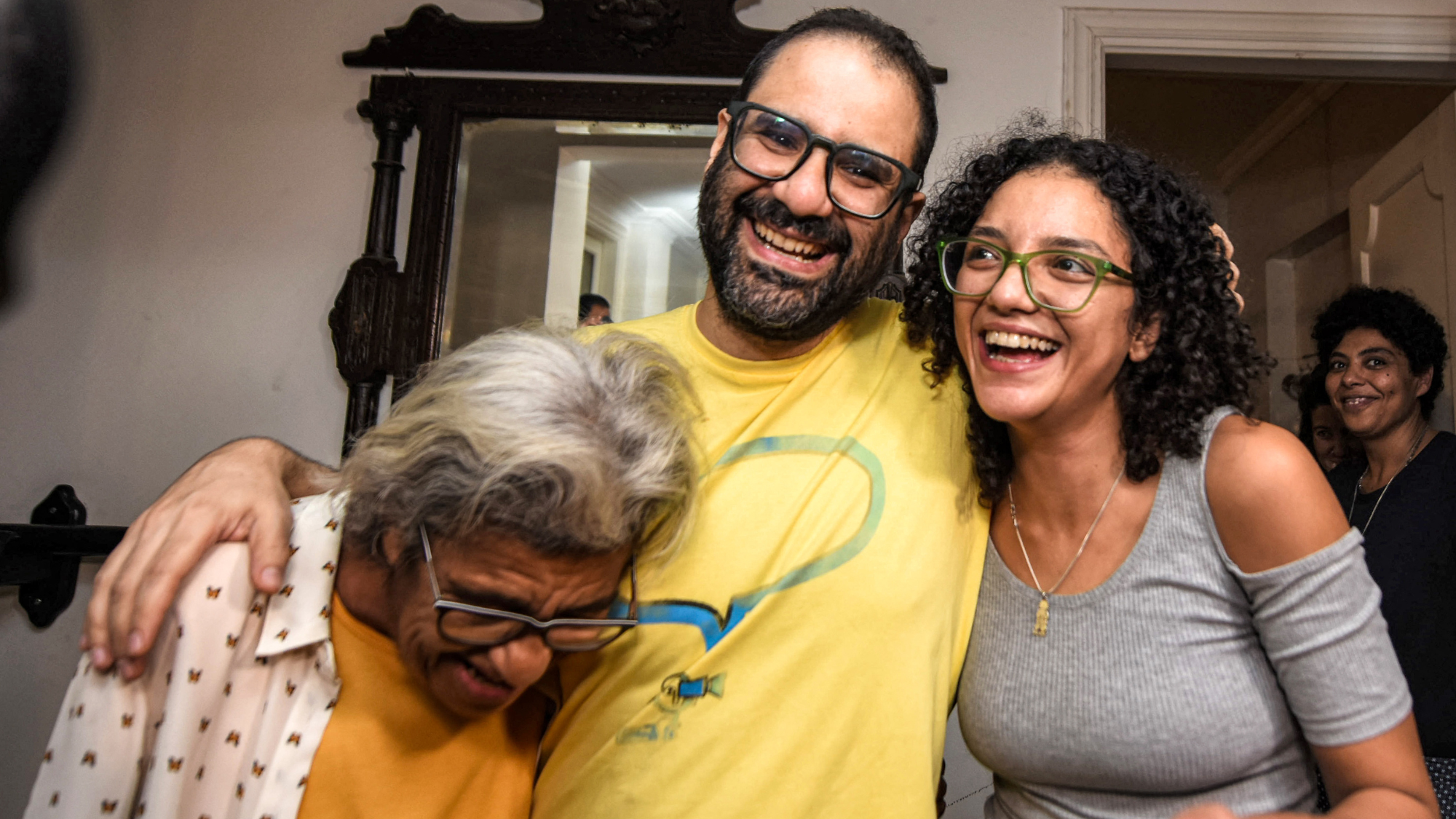 Alaa Abd el-Fattah: should Egyptian dissident be stripped of UK citizenship?
Alaa Abd el-Fattah: should Egyptian dissident be stripped of UK citizenship?Today's Big Question Resurfaced social media posts appear to show the democracy activist calling for the killing of Zionists and police
-
 A peek inside Europe’s luxury new sleeper bus
A peek inside Europe’s luxury new sleeper busThe Week Recommends Overnight service with stops across Switzerland and the Netherlands promises a comfortable no-fly adventure
-
 Son arrested over killing of Rob and Michele Reiner
Son arrested over killing of Rob and Michele ReinerSpeed Read Nick, the 32-year-old son of Hollywood director Rob Reiner, has been booked for the murder of his parents
-
 Rob Reiner, wife dead in ‘apparent homicide’
Rob Reiner, wife dead in ‘apparent homicide’speed read The Reiners, found in their Los Angeles home, ‘had injuries consistent with being stabbed’
-
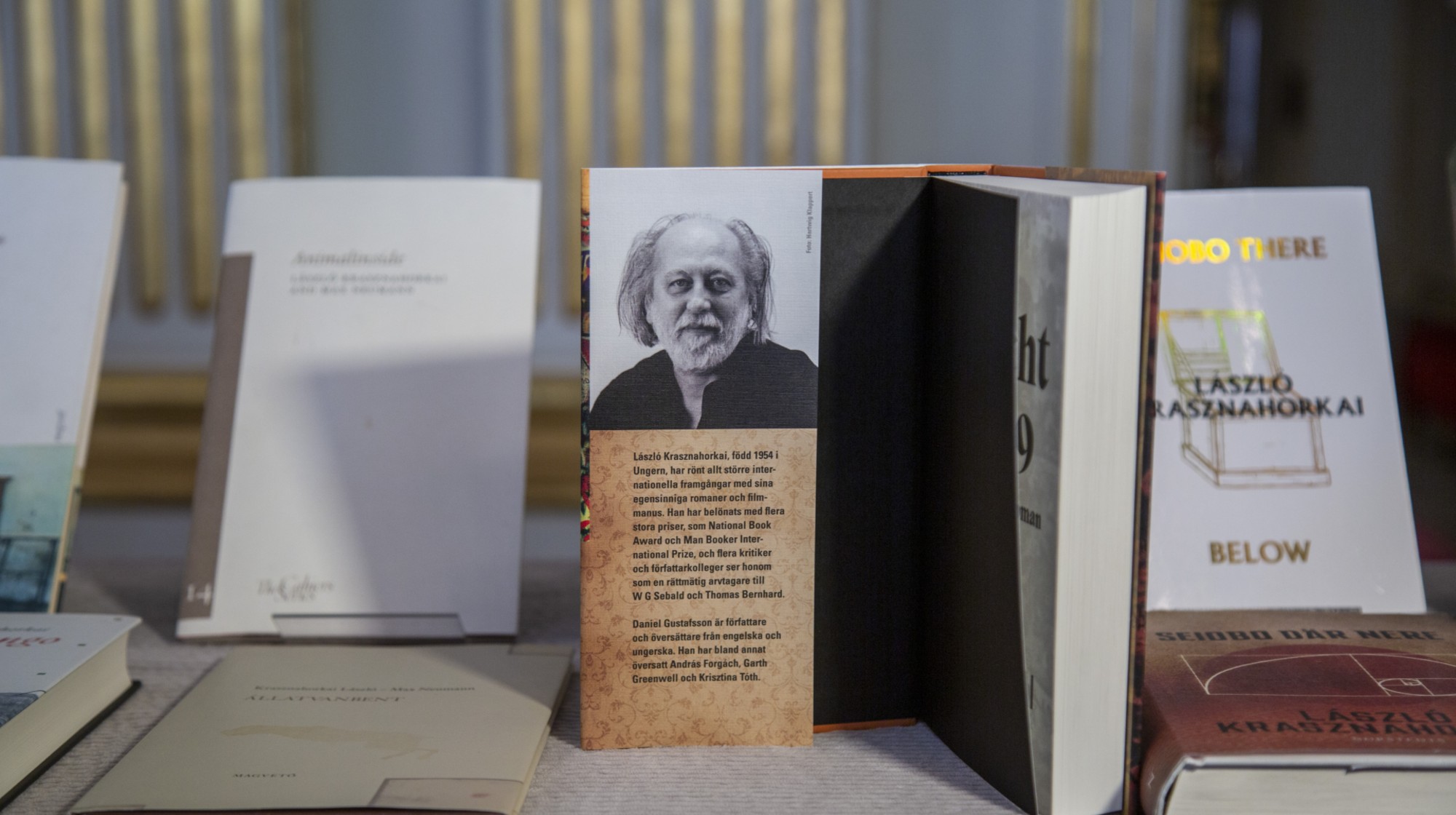 Hungary’s Krasznahorkai wins Nobel for literature
Hungary’s Krasznahorkai wins Nobel for literatureSpeed Read László Krasznahorkai is the author of acclaimed novels like ‘The Melancholy of Resistance’ and ‘Satantango’
-
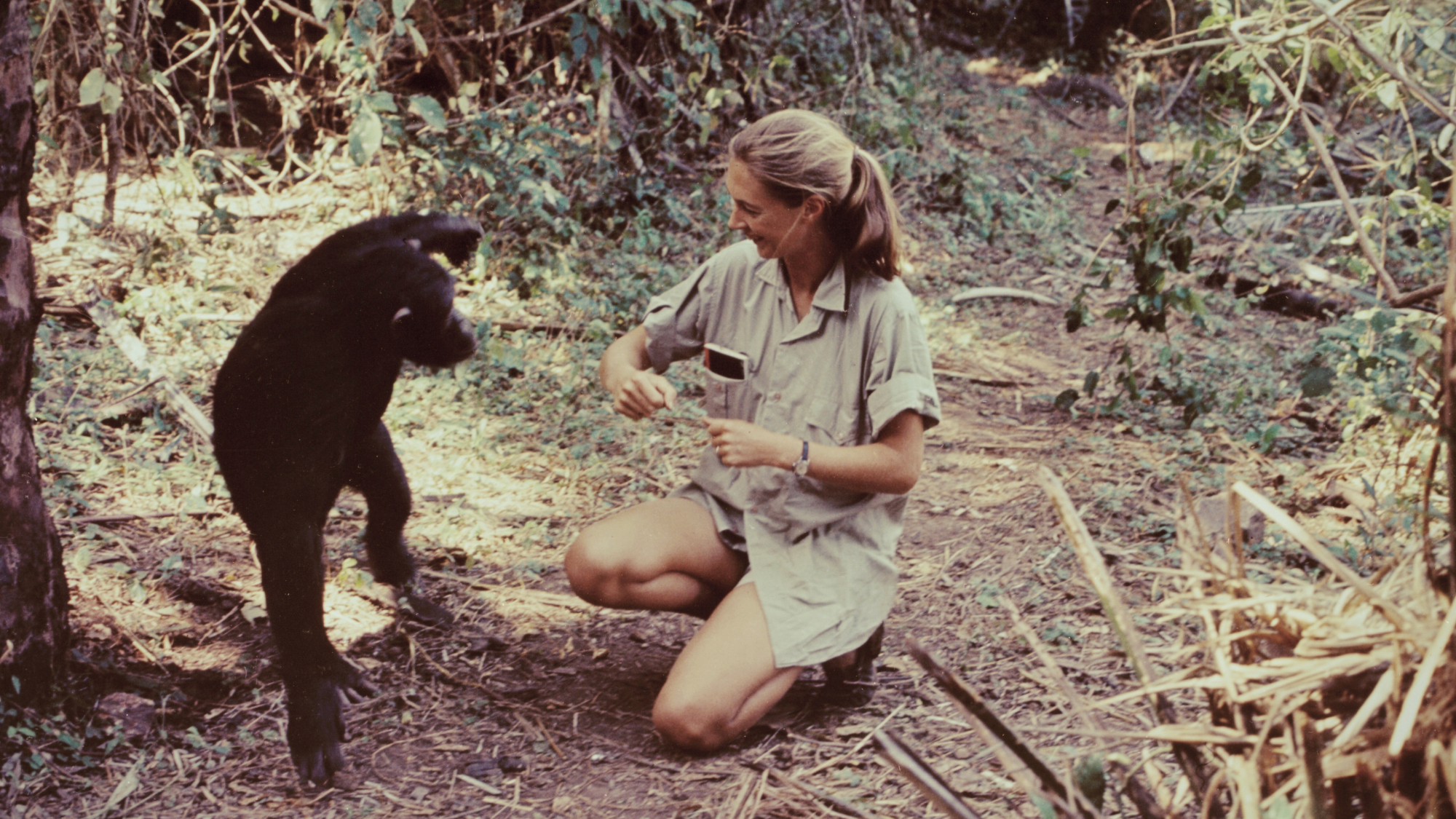 Primatologist Jane Goodall dies at 91
Primatologist Jane Goodall dies at 91Speed Read She rose to fame following her groundbreaking field research with chimpanzees
-
 Florida erases rainbow crosswalk at Pulse nightclub
Florida erases rainbow crosswalk at Pulse nightclubSpeed Read The colorful crosswalk was outside the former LGBTQ nightclub where 49 people were killed in a 2016 shooting
-
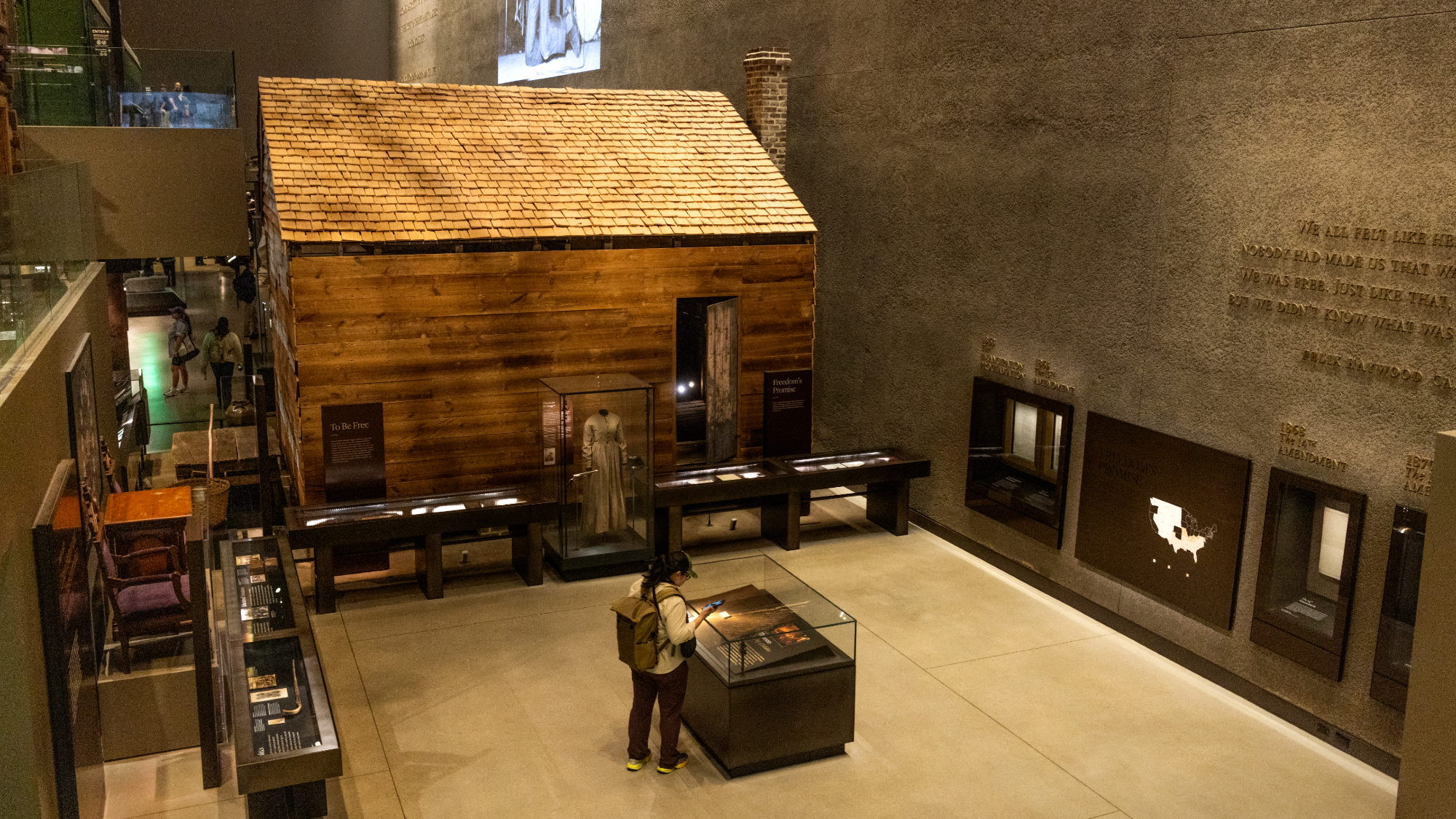 Trump says Smithsonian too focused on slavery's ills
Trump says Smithsonian too focused on slavery's illsSpeed Read The president would prefer the museum to highlight 'success,' 'brightness' and 'the future'
-
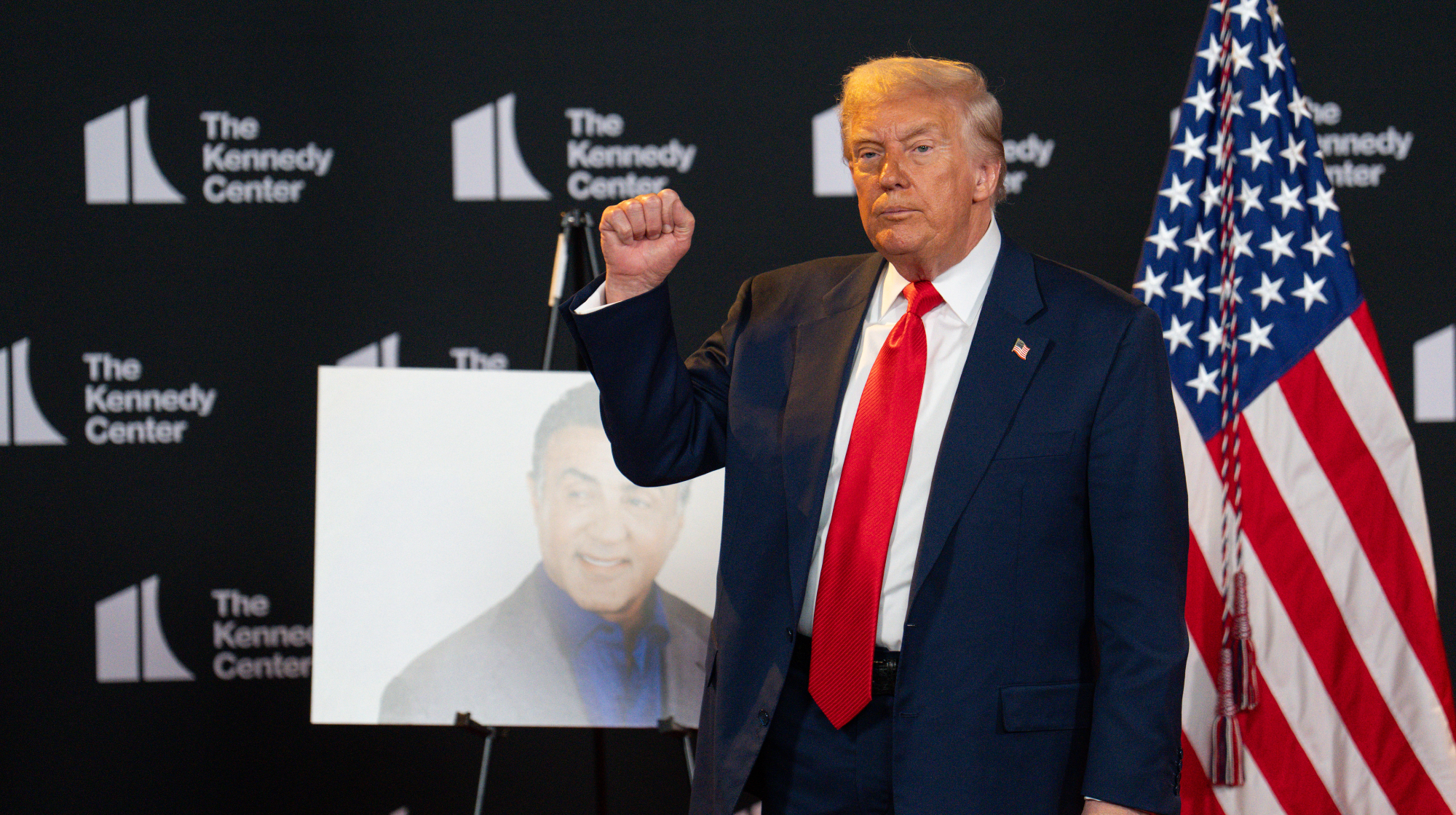 Trump to host Kennedy Honors for Kiss, Stallone
Trump to host Kennedy Honors for Kiss, StalloneSpeed Read Actor Sylvester Stallone and the glam-rock band Kiss were among those named as this year's inductees
